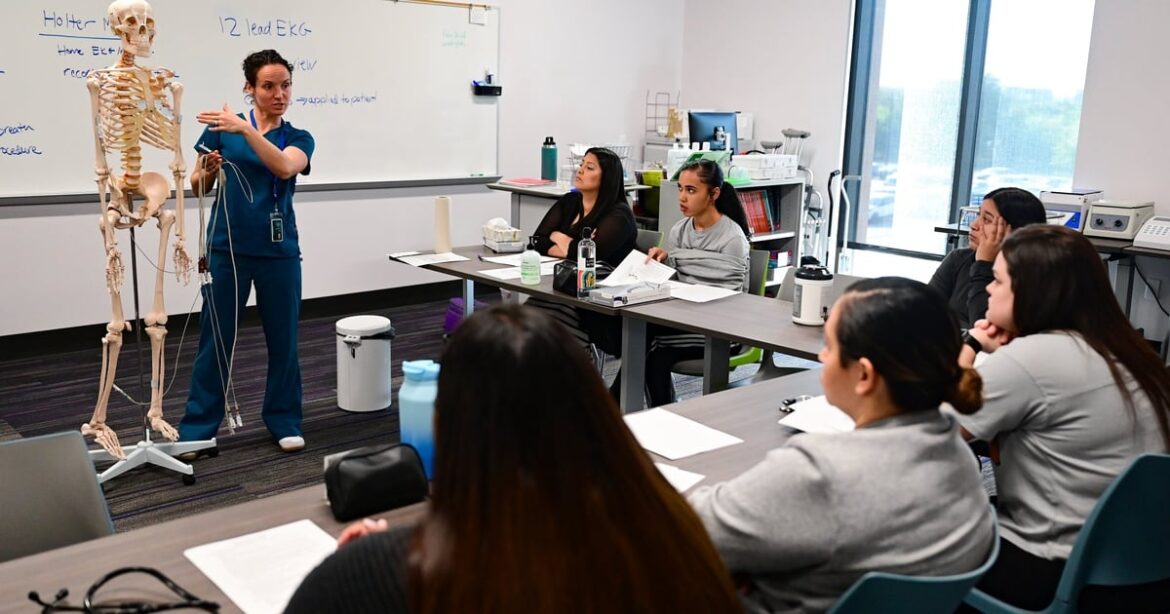Transforming Community Colleges in Texas: The Impact of House Bill 8
In 2023, community colleges across Texas marked a significant turning point with the implementation of House Bill 8 (HB 8), a legislative measure designed to realign funding strategies and enhance the connection between education and workforce needs. By shifting the focus from merely enrollment-based funding to metrics linked to degree completions and student transfers, Texas aims to drive better educational outcomes.
The Need for Change
With an estimated 60% of job opportunities in Texas projected to require a postsecondary credential by 2030, state leaders recognized an urgent need to enhance workforce preparation. Unfortunately, statistics reveal that fewer than 40% of high school graduates obtain a degree or certificate within six years. Addressing this gap is essential for promoting social mobility and improving economic prospects for students.
To facilitate this transition, the Texas Legislature approved an unprecedented investment of $683 million for two-year institutions, providing each college with funding that varied from $70,000 to $2.9 million for the 2024 fiscal year.
Key Transformative Measures Under HB 8
As colleges acclimated to the new funding formula, several initiatives emerged aimed at enhancing student retention and success:
- Dual Credit Enrollment Surge: Many community colleges now facilitate dual credit opportunities for high school students, making higher education more accessible. Enhanced funding models support low-income students taking these courses, resulting in significant enrollments.
- Free Tuition Initiatives: Some institutions, notably Austin Community College and Del Mar College, have introduced programs offering free tuition for high school graduates, aiming to remove financial hurdles for prospective students.
- Peer Mentoring Programs: Laredo College has leveraged its own students as peer advisers to help guide classmates through academic processes, fostering a supportive environment crucial for first-generation college attendees.
- Workforce Training Expansion: Community colleges are enhancing partnerships with local industries to develop curriculum aligned with regional employment needs, particularly in emerging sectors like semiconductor manufacturing.
- Seamless Credit Transfer Agreements: Efforts are underway to streamline credit transfers between community colleges and four-year institutions, minimizing barriers for students wishing to further their education.
Continued Legislative Support
Lawmakers continue to refine funding strategies to ensure community colleges can meet the evolving requirements of the workforce. Recent proposals, such as House Bill 2110, seek to broaden the funding criteria by including transfers to private institutions and redefining what constitutes a “credential of value,” reflecting current labor market demands.
Conclusion
The changes spurred by House Bill 8 represent a significant shift in the operational frameworks of Texas community colleges, facilitating a more effective alignment between educational attainment and workforce requirements. As colleges adapt to these new funding paradigms, the potential for improved student outcomes and economic growth becomes increasingly tangible.

